The Giza Plateau of Egypt. Located about 15 miles southwest of modern Cairo, Giza is home to the Great Pyramid, the only one of the Seven Wonders of the Ancient World still standing.
Built by King Khufu (also known as Cheops) in the Fourth Dynasty of ancient Egypt’s Old Kingdom (around 2550 BCE), the Great Pyramid was the largest ever constructed in Egypt, originally reaching a height of 481 feet.
The Giza Plateau is also home to two other major pyramids, built by Khufu's successors: The Pyramid of Khafre (also known as Chephren), whose burial complex includes the second-largest pyramid as well as the Sphinx and the Pyramid of Menkaure (also known as Mycerinus), smallest of the three pyramids at Giza.
As these royal complexes were constructed, and even long after kings began to build their monuments elsewhere, hundreds of tombs were systematically added to cemeteries surrounding the pyramids, to serve as the eternal resting places for the royal family and bureaucratic elite.




 Shared Tour
Shared Tour 


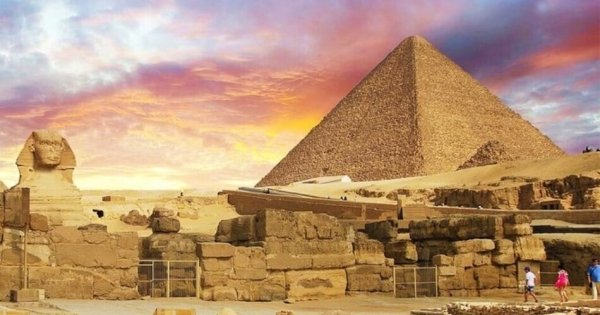
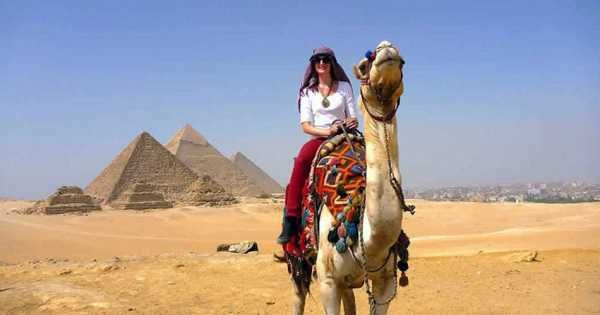
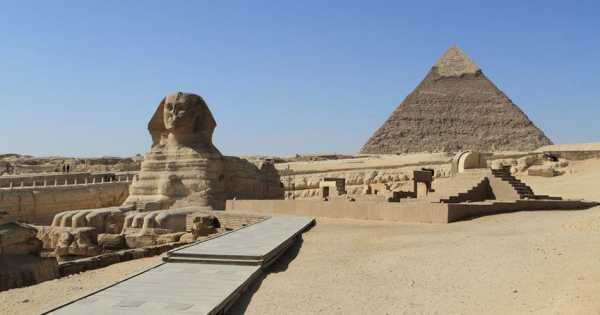
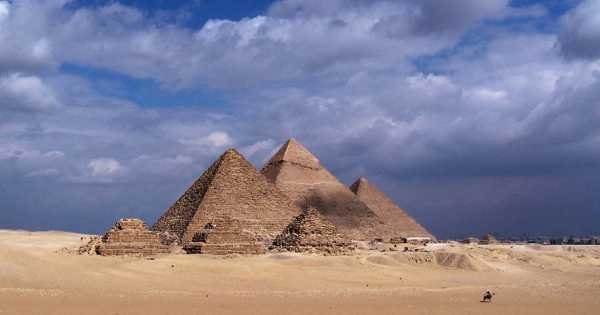
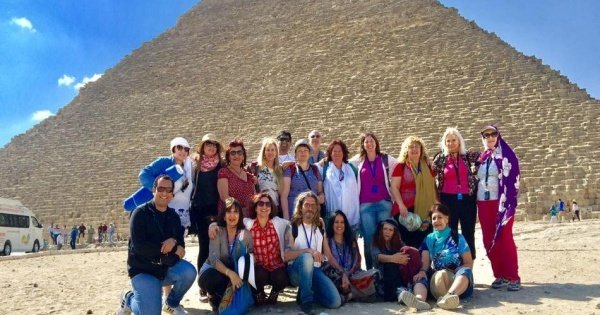




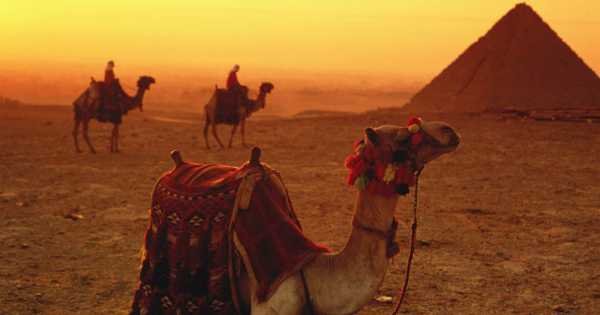

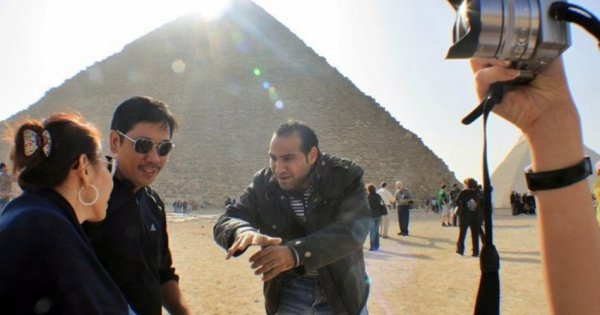

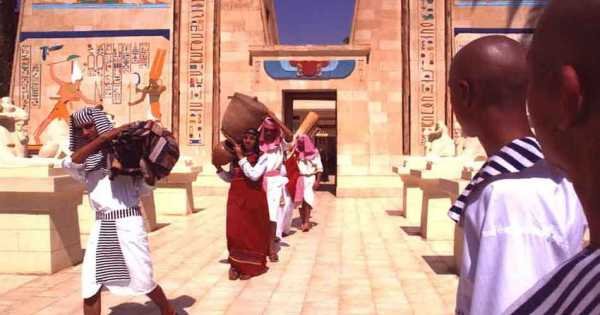



 © Copyright 2025 Private Tour Inc. All Rights Reserved.
© Copyright 2025 Private Tour Inc. All Rights Reserved.